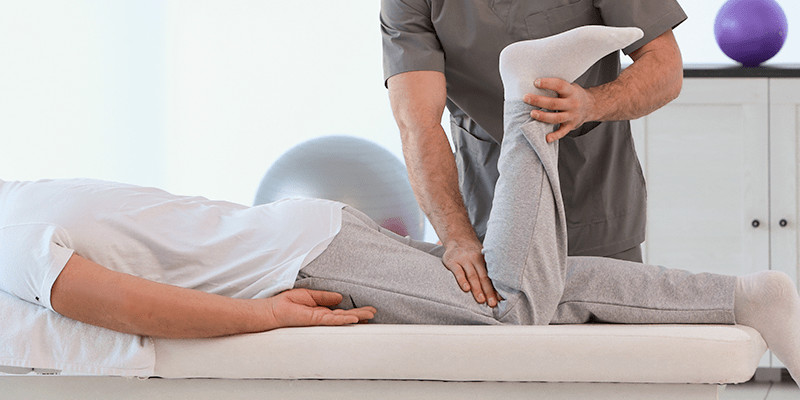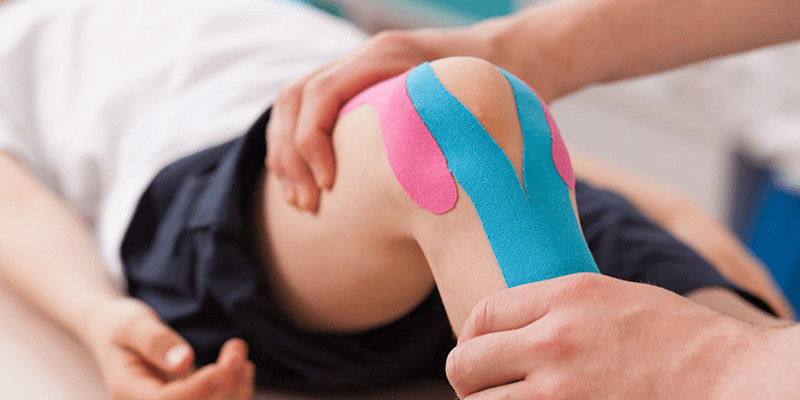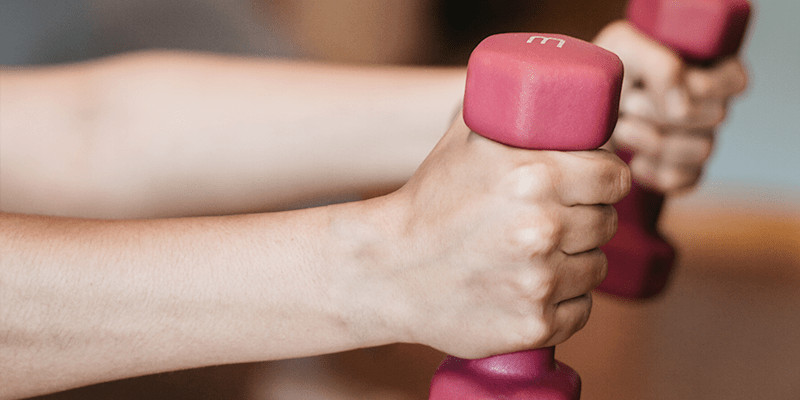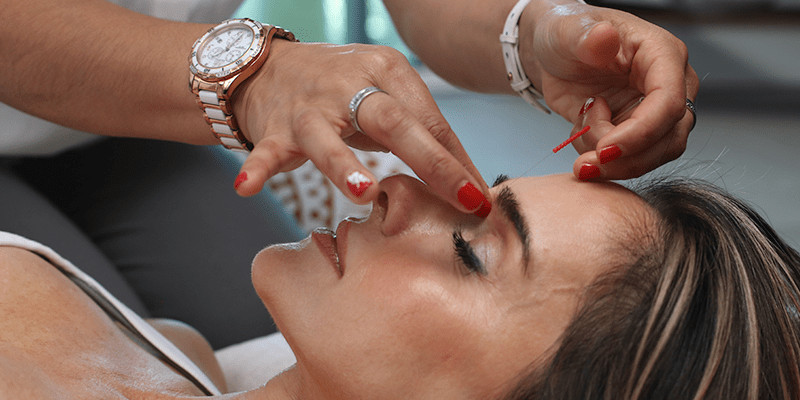
Our Services

Physiotherapy
- Say goodbye to pain!
- Personalised approach
- Prevent future injury

Rehabilitation
- Understand your condition
- Improve quality of life
- Increase your mobility exercise tolerance
TECAR Therapy
The beneficial effects of TECAR therapy are mostly used in physitherapy, rehabilitation and pain management: • Bruises and sprains• Post-surgery rehabilitation• Sports traumas• Muscle and tendon disorders• Neuropathies• Scar tissue• Spine and peripheral joint disorders• Vascular and lymphatic system disorders• Orthopaedic disorders of the peripheral nervous system• Pelvic floor rehabilitation• Acute and chronic pain
- Accelerating the body’s natural recovery ability
- Acute and chronic pain
- Safe and efficient
- Non-invasive
- Treatment starts in acute phase (48 hrs after injury)
- Extremely well-tolerated therapy
- Pleasant sense of warmth
- Contact between patient and therapist (hands-on therapy)
Shockwave Therapy
The shockwave propagates in the tissues radially, enabling treatment of both surface-located diseases and pathological processes located in deeper tissues.
• Regeneration of affected tissue via: - Improved blood perfusion and new vascularization - Increases in growth factors - Increases in mesenchymal stem cells- Stimulation of the metabolism
• Mechanical effects: - Disintegration of calcifications of calcifications and fibroses
The beneficial effects of shockwave therapy are mostly used in:• Chronic tendinopathies and enthesopathies such as Epicondylosis, plantar fasciitis, tennis / golfer’s elbow, rotator cuff tendinopathy (with calcification), calcaneal spur, Inflammation and achilles tendon pain, trochanteric bursitis, etc.
• Myofascial pain syndrome: Low back pain, neck pain, ‘trigger points’, tension headaches, etc.
• Sports indications: Proximal hamstring tendinopathy, gluteal tendinopathy, adductor tendinopathy, peroneal tendinopathy, medial tibial stress syndrome, patellar tendonitis ‘Jumper’s knee’, osgood-Schlatter, iliotibial band syndrome, etc.
• Muscular disorders: Muscle pain, muscle tension, hypertonia, spasms, cramps, muscle hardening, fibrosis, dupuytren's contracture, ledderhose disease (plantar fibromatosis), acupuncture points, metatarsalgia, etc.
- Realistic alternative to surgery or medication
- Treats the cause, not the symptoms
- 80% success rate
- 6 - 8 treatment sessions required on average
- limited side-effects with a slight risk of redness or swelling
- pain relief and recovery often after just a few days
- reliable and scientifically proven form of therapy
Low Level Laser Therapy
- Low Level Laser Therapy (LLLT) generates laser radiation in the visible, invisible and infrared range, whose power is in the range of 1 to 500 mW. During the treatment procedure, the tissue temperature increases by less than 0.5 degrees Celsius.
- Effects of laser biostimulation (LLLT):
- Analgesic
- Antiedematous
- Anti-inflammatory
- Improving microcirculation
- Accelerating tissue reconstruction
- Stimulating immune processes
- Increased endorphin level
- Increased sodium-potassium pump activity
- Increased ATP, DNA and RNA synthesis
- More efficient absorption of lymphoedema
- Increased phagocytosis and angiogenesis
- Increased number of mitochondria in a cell
- Degenerative spine changes
- Degenerative joint changes
- Neuralgia
- Subacute and chronic conditions of tissues
- Subacute and chronic conditions of joints
- Bedsores, ulcers and hematomas
- Lateral epicondylitis
- Gout
- Carpal tunnel syndrome
- Muscle pain due to injury
- Calcaneal spur
- Fractures, sprains, dislocations
- Nerve paralysis
- Hard-to-heal wounds
High Intensity Laser Therapy
- The application of the High Intensity Laser Therapy (HILT) allows to obtain a biostimulation effect and to increase the temperature of the treated area.
- It has anti-edema and anti-inflammatory effects, and significantly accelerates the process of tissue regeneration, of wounds and ulcers healing, constituting an effective method of eliminating chronic and acute pain.
- Activates metabolic processes of cells
- Increases microcirculation
- Stimulates angiogenesis
- Stimulates DNA synthesis
- Increases oxygen circulation
- Activates the phagocytosis
- Increases the activity of fibroblasts (accelerates healing of connective tissue, produce collagen,
- intercellular essence fibres and basal proteoglycans).
- Increases phagocytosis activation
- Achillodynia
- Plantar fasciitis
- Joint sprain, hallux
- Arthritis, bursitis
- Meniscus damage
- Cervical discopathy, cervical radiculopathy
- Calcaneal spur
- Intercostal neuralgia, trigeminal neuralgia
- Ligament / tendon rupture
- Chondromalacia patellae
- Lumbago – lower back pain
- Sciatica – Ischialgia
- Tarsal tunnel syndrome
- Degenerative Joint Diseases
Electrotherapy
- Electrotherapy is the treatment of diseases of the neuromuscular system using currents with various waveforms, frequencies and intensities, as well as modulated in both amplitude and frequencies.
- Effects of electrotherapy:
- Stimulation of nerves and muscles
- Acceleration of tissue regeneration
- Has an impact on the electrophysiological processes occurring in the body’s cells
- Supports the absorption of swelling and exudates in the joints resulting from injuries and overloads.
- Has anti-inflammatory and analgesic effects, among others, thanks to endorphins releasing, trophic and tonic actions and by activating the Melzack’s and Wall’s “gate control”
Electrotherapy can assist healing for a wide range of conditions such as:
- Musculoskeletal system diseases: arthrosis, degenerative, rheumatic and discopathy diseases, back pain, osteoporosis, arthritis and periarticular tissues
- Nervous system diseases: sciatica, brachialgia, chronic inflammation of the plexus and nerve roots, neuralgia, inflammation of the peripheral nerves, neuralgia, irritation of the nerve root;
- Diseases and pathological conditions of tissues: scars and contractures, wound and ulcer healing, exudates resorption, hematomas and edema;
- Injuries and wounds: fractures, muscle injuries, pain related to injuries;
- Weakness and impairment of muscle work: reduction of muscle tone, electrostimulation of de-nervated muscles, stimulation of disappearing muscles, rehabilitation of spastic muscle paralysis, treatment of increased muscle tone, increase in muscle mass and strength.
Ultrasound Therapy
- Allows to return to fitness in the case of cramps, pain, scars, lymphoedema and inflammation.
- Supporting angiogenesis
- Iincreasing microcirculation and oxygenation of cells
- Stimulation of protein synthesis, DNA and ATP
- Increasing collagen concentration and changes in the structure and function of cell membranes
- Stimulating the activity of fibroblasts and osteoblasts
- Degenerative diseases of the spine and joints
- Contractures of the fascia, ligaments and muscles
- Sciatica
- Chronic inflammation
- Pain of various origins and neuralgia
- Bone callus
- Rheumatism
- Sudeck atrophy
- Tissue damage
- Lymphoedema and hematomas
- Calcaneal spur
Vacuum Therapy
- Local improvement of circulation
- Increased removal of metabolic products
- Stimulation of collagen and elastin production
- Local extravasation
- Improvement in Pain, Inflammation, Scar and Pressure sores
GAIT Scan
- Capture and evaluate static and dynamic foot function
- Assess postural stability
- Help to uncover any underlying dysfunctions such as musculoskeletal and neurological problems.
Clinical Pilates
- Managing the chronic and recurrent injury problems
- Restoring normal movement, posture and muscle balance
- Assists with injury prevention
- Safe and effective pre-natal and post natal workout
GLA:D
Research from the GLA:D® program in Australia shows an average pain reduction of 36%, reduced analgesic consumption, reduction in perceived need for surgery, and clinically meaningful improvement in joint confidence.
- Hip and knee osteoarthritis self-management
- Pain reduction upto 36%
- Reduced analgesic consumption
ONERO
- Reduce risk of osteoporotic fracture
- Training to help prevent falls
- Prevent future injury

Sports-Injuries
- Injury prevention strategies
- Load management education
- Biomechanical analysis
Women's Health
- Pregnancy-related musculoskeletal pain e.g pelvic girdle & low back pain
- Pregnancy education including safe exercise, pelvic health and preparing you for birth
- Pelvic floor recovery after childbirth
- Abdominal muscle rehabilitation after pregnancy
- Safe return to exercise post-baby
- Postnatal-related musculoskeletal pain e.g. back pain from breastfeeding
- Mastitis
- Pelvic floor dysfunction- weak or overactive pelvic floor muscles
- Prolapse
- Bladder leakage – stress incontinence or urge incontinence
- Bladder frequency, urgency & nocturia
- Voiding dysfunction e.g. incomplete bladder emptying
- Bowel issues e.g. poor control or constipation
- Pre/post-gynaecological surgery e.g. Hysterectomy
- Menopause symptoms
- Prevent future injury

Dry needling
The basis of the technique is to restore normal muscle function and is to be used in conjunction with an exercise program and/or other techniques which are also targeted at improving biomechanical impairments leading to muscle dysfunction and myofascial trigger point formation.
Dry needling is being used to assist healing for a wide range of conditions such as:
- Tennis elbow
- Sciatica
- Migraines and headaches
- Neck pain
- Thoracic pain
- Tendon injuries
- Iliotibial band friction syndrome
- Gluteal pain
- Low back pain
- Shoulder pain
- Muscle strains
- Calf muscle tears
- Hamstring tears
- Groin pain